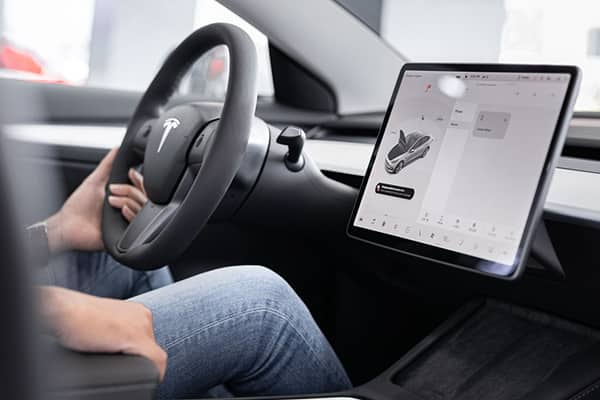What do you do when your car won't start? Do you have a bad starter or a dead battery? Is something else is wrong? How do you determine what the problem is, and, once you've done that, how do you remedy it? We'll walk you through the process of finding and fixing starter problems here.
 All photos by Mike Aguilar
All photos by Mike Aguilar
This tutorial assumes that any alarm or anti-theft system is working properly.
This is a project that needs some know-how
-
Test the battery with a multimeter. You need to see between 12.2 and 12.8 volts minimum with the engine off. If you see fewer than that, charge the battery and try again before continuing. Low battery voltage will energize the starter relay/solenoid (which might result in a loud click when you turn the key) but not supply enough voltage to turn the engine over.

-
Have someone try and start the car with the meter still attached. If battery voltage drops below 10 volts, recharge the battery and test again. Replace the battery if the voltage continues to drop below 10 volts when cranking after charging the battery fully.

-
Look over the wiring and connectors between the battery and ignition switch and the starter. Replace any frayed or cracked wires and clean and tighten any loose or corroded connections. Don't forget the grounds.
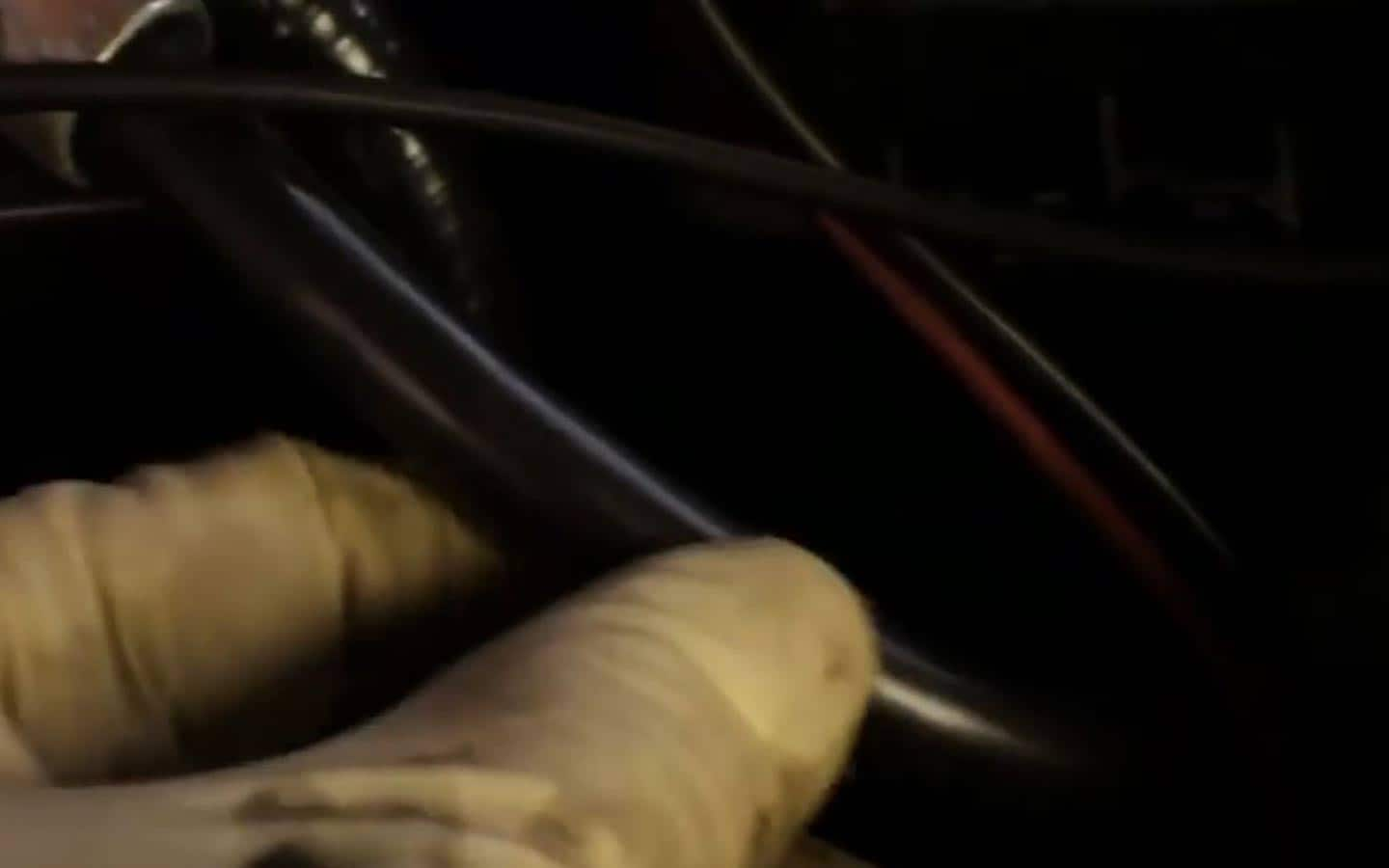
-
Trace the main power wire to the starter and use a test light or meter to make sure it's getting power. Next, wiggle the cable at both ends to make sure it's connected securely.
-
Connect the remote starter switch to the battery positive and the solenoid (smaller wire) terminal on the starter and click the switch. If nothing happens, you've got a bad starter. If the starter turns, the problem is in the electrical system. On older vehicles with the starter solenoid on the inner fender, connect the second lead to the fat terminal on the side farthest from the battery.

-
Verify that the starter signal from the ignition switch is getting to the solenoid by attaching the alligator clip on the test light to a good ground. As someone turns the key, poke the solenoid terminal on the starter or the “S" terminal of fender-mounted solenoids. This will light up if the ignition switch is functioning. If it does, the solenoid is defective. If it doesn't, check the fuses and relays. If your defective solenoid is mounted separately from the starter, check out these tips for replacing it.

-
Locate the fuses and relays for the starter system in the master fuse and relay block under the hood. Check the fuse(s) and replace any that are blown. If none are blown, check the relay.

-
Locate and put your finger on the starter relay, and have someone turn the key. You should hear and feel a distinct “click" when the key is turned to the “Start" position. If there is no click, swap the starter relay with another one, such as the fuel pump relay. Replace the relay if the starter engages. Check the neutral/clutch safety switch if the problem persists.

-
Turn the key to the “Run/On" position and put the gear selector in park.
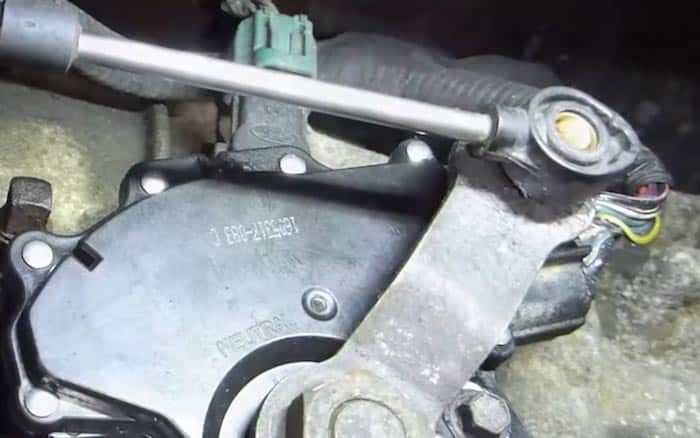
-
The neutral safety switch is mounted on the side of the transmission near the gear selector mechanism. Ensure that the connector is firmly connected.
-
Use a continuity tester to ensure that the switch is closing. Replace the switch if it remains open. This can also be tested with a multimeter set to measure resistance.
-
Probe both sides of the switch with the test light with the key in the “Run/On" and “Start" positions. Replace the switch if power gets to but does not leave the switch.

-
The clutch safety switch closes when you depress the clutch, allowing the engine to be started. Make sure the switch is closing when the pedal is depressed with either a continuity tester or a meter set to read resistance. Replace the switch if it remains open with the clutch depressed.
-
Use the test light or meter set to test voltage to ensure that the switch is receiving power when the key is in the “Start" position. If not, replace the ignition switch on the steering column.
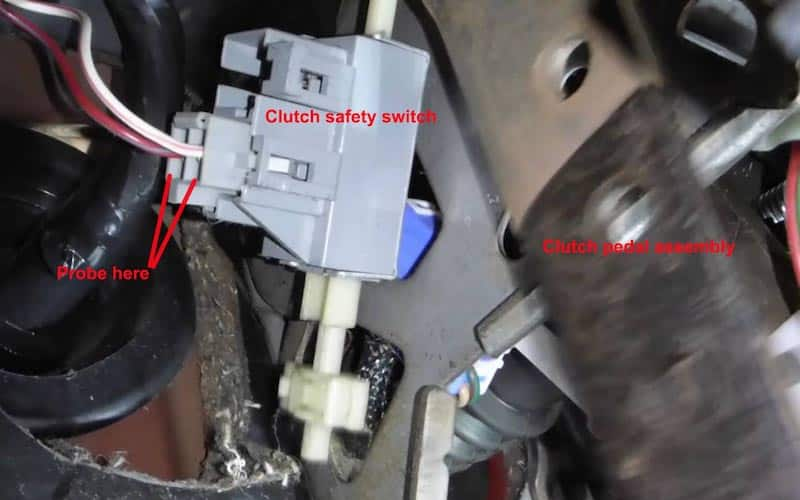
-
Disconnect the battery.
-
Raise and support the vehicle with a jack and stands if the starter is mounted under the engine. This will be the case in rear drive vehicles, while the starter on most front drive vehicles is accessed from above.
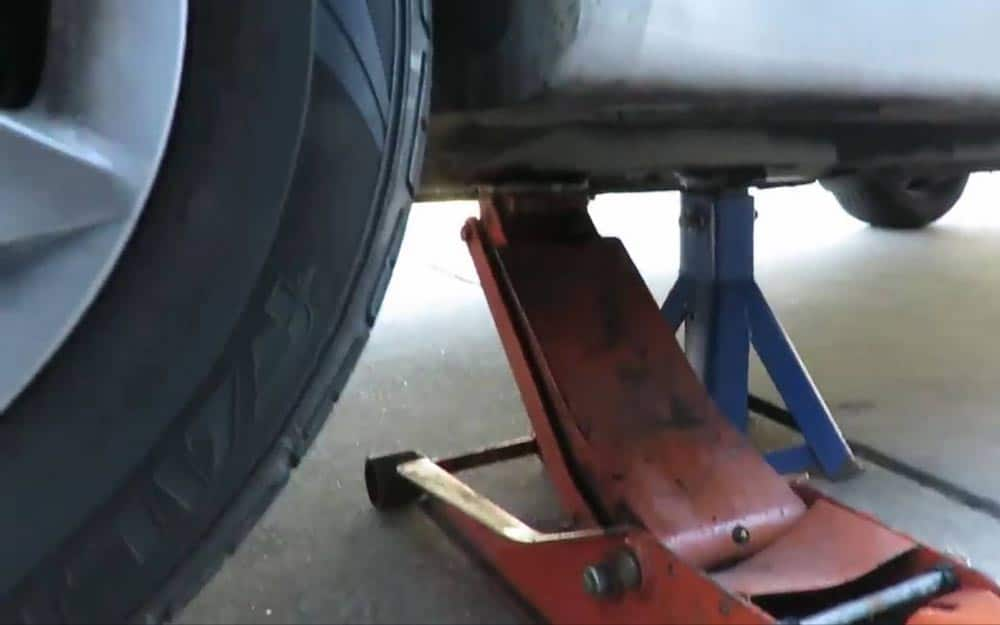
-
Remove the two or three bolts securing the starter to the engine. One will normally be easy to get to, while the others will often require an extension and a swivel socket or universal adapter. Be careful: The starter will probably want to fall on your head if it's mounted under the engine—and some starters are a lot heavier than others.

-
Remove the wires going to the starter. One will be about the size of your finger. The smaller wires may either be secured with a nut and washer or be connected with a plastic connector. Some rear drive vehicles will let you disconnect the starter before removing it.

-
Remove the starter. You'll often have to rotate or twist it to clear obstructions.
-
Clean the eyelets on the wires to the starter. Place the new starter into the vehicle and reconnect the wiring. Some rear drive vehicles let you install the starter before having to reconnect the wires.

-
Tighten the bolts. Be sure to transfer any shims from the old starter to the new one.

-
Reconnect the battery. The car will start if everything's been done correctly. I usually start and shut off the engine three or four times after replacing a starter to make sure.
A whirring sound can indicate starter problems—maybe the engine will turn once or twice and stop, and you'll hear it. Another indicator of problems is when absolutely nothing happens in the engine compartment when you turn the key. You may also simply hear a loud click or clunk from under the hood when you turn the key.
Resolving the whirring issue is easy: There's a part inside the starter called the Bendix. This part pushes the starter gear out so it can engage the teeth on the flywheel or flexplate to rotate the engine. If the Bendix goes bad, you'll hear a whirring noise when you engage the starter, or the engine will turn once or twice and then the starter will disengage but continue turning. The starter motor is working, but the gear is unable to engage the starter ring to rotate the engine. The usual remedy for this is to replace the starter. Take the starter out and have it tested at your local Advance store for free to verify your finding of a defective starter. You'll also have to have the core in hand when buying the new one.

At this point, many old-school mechanics will tap firmly on the starter a few times with a hammer while someone is turning the key before going any further. This will test for a frozen part inside the starter. If tapping on it gets the starter to turn over, replace it. By the same token, if you're looking at a used car and spot hammer dings on the starter, that's not a good sign.
The neutral safety switch on automatic transmissions prevents the starter from engaging if the transmission is not in park or neutral.
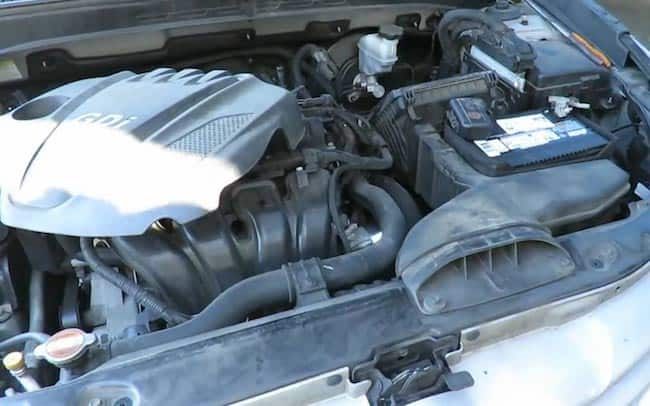
Many front wheel drive vehicles will have engine covers on the top and bottom of the engine, as well as air boxes and plumbing that will have to be removed to even be able to see the starter.



